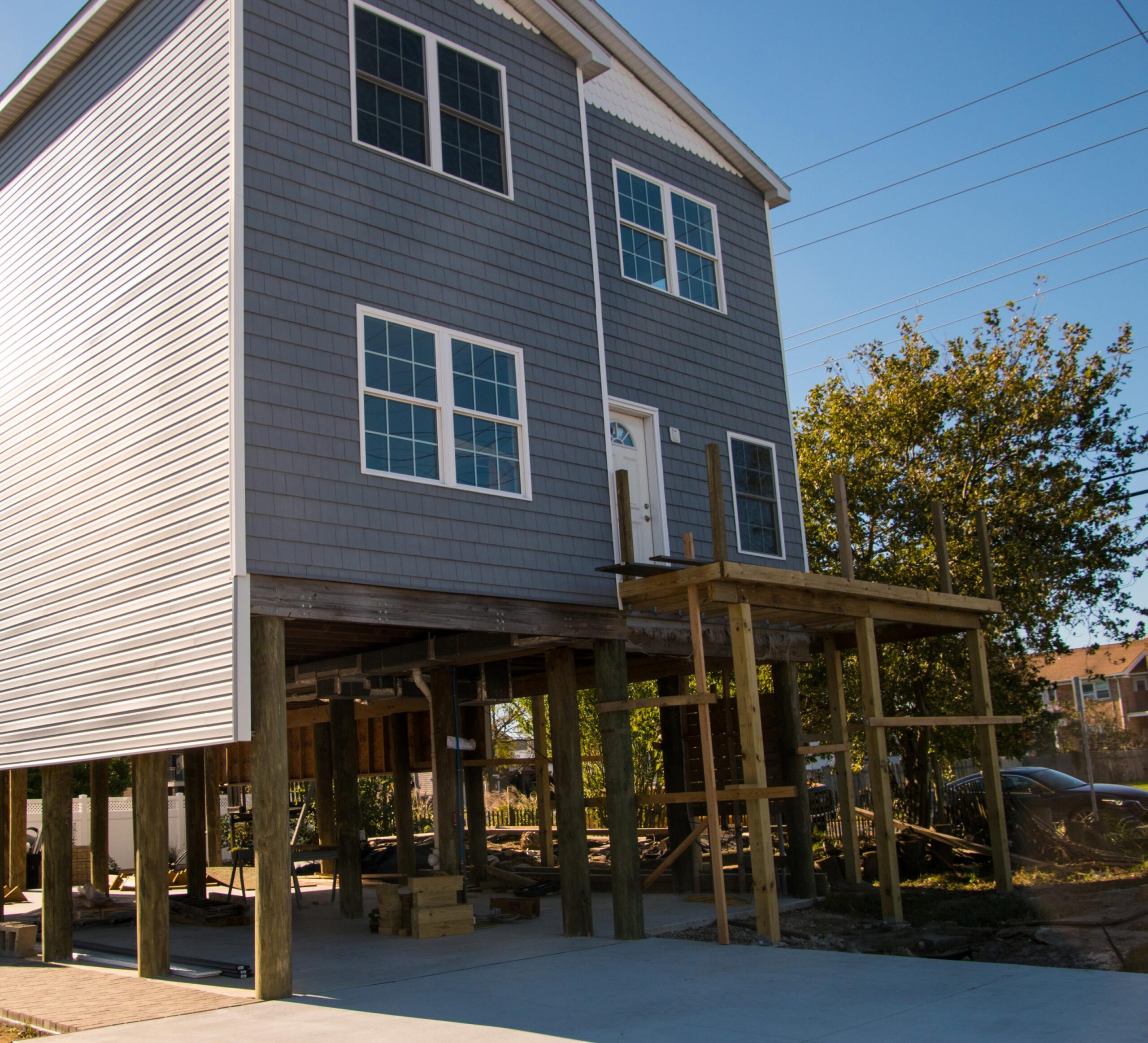
Commercial Flood Prevention: Integrating Design and Engineering for Resilient Structures
What types of flood prevention measures does TMA integrate into their designs for commercial buildings?
In recent years, the escalating frequency and severity of floods have underscored the need for innovative solutions to protect commercial properties from devastating water damage caused by flooding. Commercial flood proofing, achieved through a harmonious integration of design and engineering elements, stands at the forefront of this quest for resilience. This approach not only safeguards businesses against the immediate impacts of flooding but also ensures long-term sustainability in the face of unpredictable climate patterns.
Understanding Flood Vulnerability
Commercial properties, especially those situated in flood-prone areas, face substantial risks from rising water levels during flood events. Traditional approaches to flood protection often involve erecting barriers or levees, but these methods can be visually intrusive and may disrupt the urban fabric. The emerging trend of commercial flood proofing seeks to blend seamlessly with the environment while providing robust protection against water intrusion.
Innovative Design Elements
One of the key aspects of commercial flood proofing lies in integrating innovative design elements that not only enhance the aesthetic appeal of structures but also contribute to their flood resilience. Elevated foundations, for instance, offer a visually striking solution by lifting buildings above potential flood levels. This not only reduces the risk of inundation but also creates an architectural statement, transforming vulnerability into an opportunity for design features.
Additionally, the incorporation of permeable landscaping and green infrastructure serves a dual purpose. These features not only enhance the overall visual appeal of the commercial property but also act as natural buffers, absorbing and slowing down water during a flood. The synergy between design and function becomes evident as aesthetically pleasing natural elements contribute significantly to the property's flood resilience.
Engineering Solutions for Flood Resilience
Beyond design aesthetics, engineering plays a pivotal role in ensuring the structural integrity of commercial buildings during floods. Waterproofing measures, such as the installation of impermeable membranes, reinforced structure and flood proof curtainwall systems can create a robust barrier against water penetration. These engineering solutions are seamlessly integrated into the design and construction process, providing an invisible yet powerful defense against potential flood damage.
Moreover, advanced flood barriers and deployable flood defenses offer dynamic solutions that can be activated in response to impending flood events. These engineered systems, often concealed within the building's architecture or site, deploy rapidly when needed, forming a protective barrier against rising waters. This adaptability ensures that commercial properties remain functional even in the face of unforeseen weather events, minimizing downtime and financial losses for businesses.
Sustainable Flood Proofing
The convergence of design and engineering in commercial flood proofing extends beyond immediate flood protection to embrace sustainable and eco-friendly practices. The use of resilient materials that can withstand water exposure without compromising structural integrity is a hallmark of sustainable flood proofing. Additionally, incorporating emergency power sources, such as emergency generators, enables continued functionality during power outages, common in flood-prone areas.
The Role of Technology
Advancements in technology further enhance the efficacy of commercial flood proofing. Smart sensors and monitoring systems provide real-time data on weather conditions, water levels, and potential flood threats. These technological innovations empower property owners and managers with the information needed to deploy flood defenses proactively, preventing damage before it occurs. Integrating these technologies into the overall design and engineering of commercial properties creates a holistic approach to flood resilience.
Cost-Benefit Analysis
While investing in commercial flood proofing through design and engineering may seem substantial, a comprehensive cost-benefit analysis reveals its long-term economic advantages. The upfront costs are offset by reduced insurance premiums, lower repair and maintenance expenses, and the preservation of business continuity. Additionally, the enhanced market value of flood-resistant properties and their ability to attract tenants and investors contribute to the overall economic viability of such investments.
Commercial flood proofing through the synergistic integration of design and engineering elements represents a proactive and sustainable approach to mitigating the impacts of flooding on businesses. By elevating the aesthetic appeal of structures, incorporating resilient engineering solutions, embracing sustainable practices, and leveraging technology, commercial properties can fortify themselves against the rising tide of flood risks. As climate change continues to shape our world, the imperative for resilient design and engineering solutions becomes increasingly clear, ensuring a future where commercial properties not only withstand the storms but maintain operability limit damage.